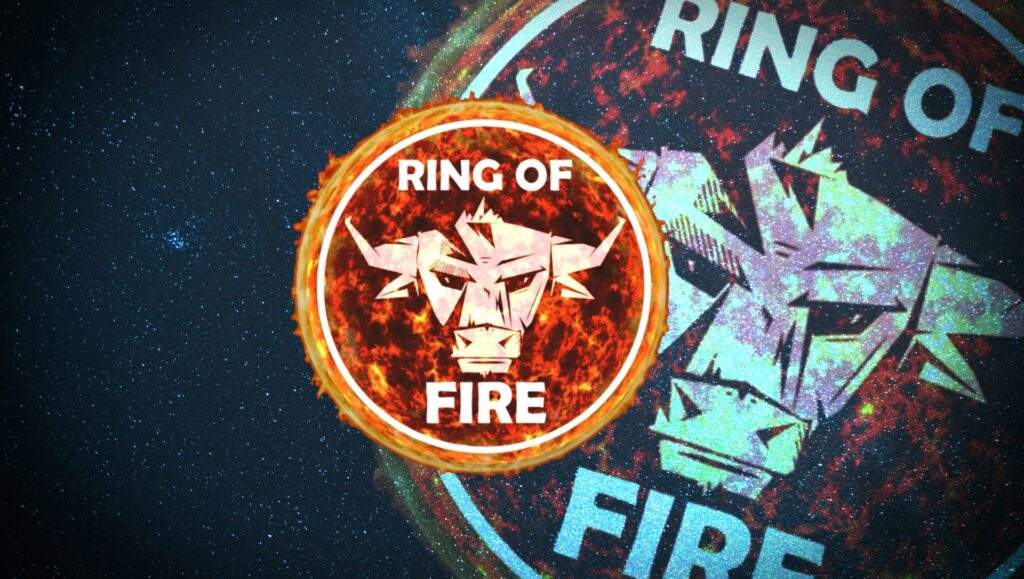



Logo of the ”Ring of Fire” community on Telegram
To understand why a Ring of Fire is helpful, one needs to have a basic understanding of the Lightning Network, a second-layer payment protocol designed to scale the number of Bitcoin payments possible. Payments between nodes on the Lightning Network are routed via “Payment Channels,” which are multi-signature wallets in which participating nodes deposit a certain amount of Bitcoin. However, this led to an issue in practice where a channel is generally funded from one side when opened, leading to the node having local capacity but lacking remote capacity, meaning that it can send transactions but cannot receive them.
As a new node operator, one must actively search for other nodes willing to provide liquidity to receive payments. To tackle this problem, two developers documented a structured process to create a “Ring of Nodes” called “The Ring of Fire,” which serves as a template to bring node runners together and lift each other up. The benefits of Rings of Fire are that they strengthen the community, the network, and improve the general liquidity in the network.
Node operators looking for liquidity, more channels, or better connectivity come together in Telegram groups or websites to find Rings of Fire in all sizes. Two important variables are the number of nodes in the ring and the size of the channel advertised upfront so that node operators know what they are getting into. Once the group is formed, and all members agree on the ring terms, the process starts. The most experienced member of the group acts as the ring leader and is in charge of designing the ring, putting the members in the correct order.
After the ring leader completes the position of each node in the ring, he informs the other node operators. Each node opens one channel to the next node in a clockwise manner, and the channels are of the size agreed upon. Sometimes node operators agree on the on-chain fee used to open the channel, but this is not an essential step. After initiating the channel, the on-chain transaction is shared with the group and ring leader to monitor the status of the ring. Some groups consider the ring completed after all channels are opened, while others add another step to the process, balancing the channels.
the most elegant one is to use Lightning Loop. Lightning Loop is a non-custodial service that allows for the exchange of on-chain Bitcoin for off-chain Bitcoin (in the form of channels). In this case, it is used to move funds around in the ring to balance the channels. Nodes can initiate a loop out, which withdraws funds from the channel and sends them to the on-chain wallet of the node. This creates an on-chain transaction that is broadcasted to the Bitcoin network. Once the transaction is confirmed, the node can initiate a loop in, which sends the funds back to the Lightning channel but to a different direction (a different node in the ring). This process repeats itself until all channels are balanced.
In conclusion, a Ring of Fire is a structured process for node operators to come together and form a group to provide liquidity for each other. The benefits are clear: it strengthens the community, the network, and improves general liquidity in the network. By providing liquidity to each other, all nodes in the ring become better connected and can start routing more payments. If you are a node operator looking for more liquidity, consider joining a Ring of Fire, or even starting one yourself.

Connect the World | The Lightning Movement
— 🌙 The Daily Moon (@The_DailyMoon) August 8, 2022
Want to stay informed about all developments in the Lightning space & its adoption? Follow The Daily Moon on Twitter and Telegram, check the link below.
➡️ Telegram - https://t.co/0jh3JH2bWh
🌙 The Daily Moon | https://t.co/RgysRCmhAq pic.twitter.com/hceoQ7IKj8
©2023. The Daily Moon | made with ⚡️ for bitcoiners.